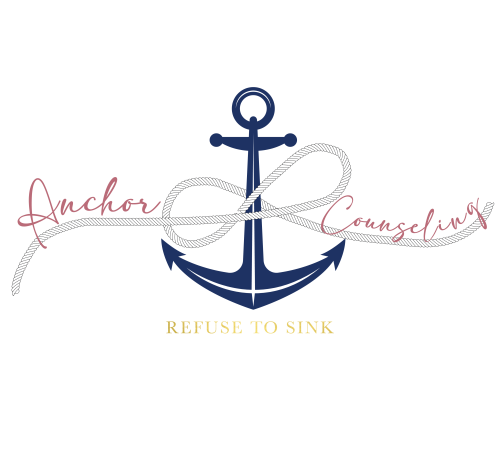
Attachment Styles
When we are young we learn how to manage our feelings and emotions. It is often our parents or any caregiver that teaches us how to cope with the difficult things in our lives. This is when you develop an attachment style. There are 4 different attachment styles. If you find yourself with tendencies that line up with one style that may be your dominate one but no person only fits into one of these boxes. We tend to have traits from 2 or more styles. The attachment style that you have influences many different aspects of your life but especially comes into play with your relationships. Take a look at see which attachment style you are and it might help you to understand more about yourself.
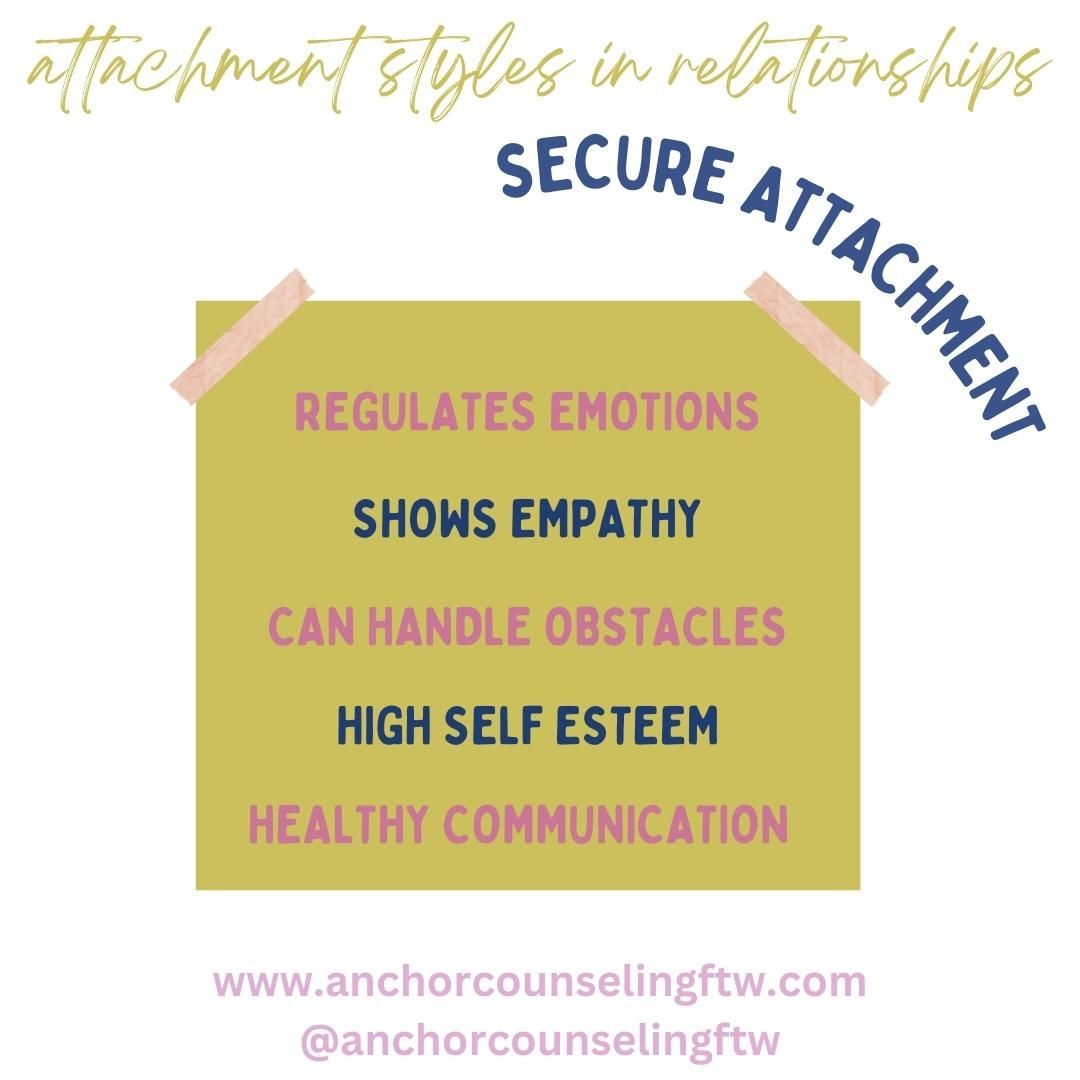
Secure Attachment
We form attachments as young children but your attachment style influences your adult self and the relationships you develop. 50% of the population has a secure attachment. People who have a secure attachment are able to have stable, healthy relationships with others. Those that do not have a secure attachment are not out of luck. They can earn secure attachment by working on their habits.
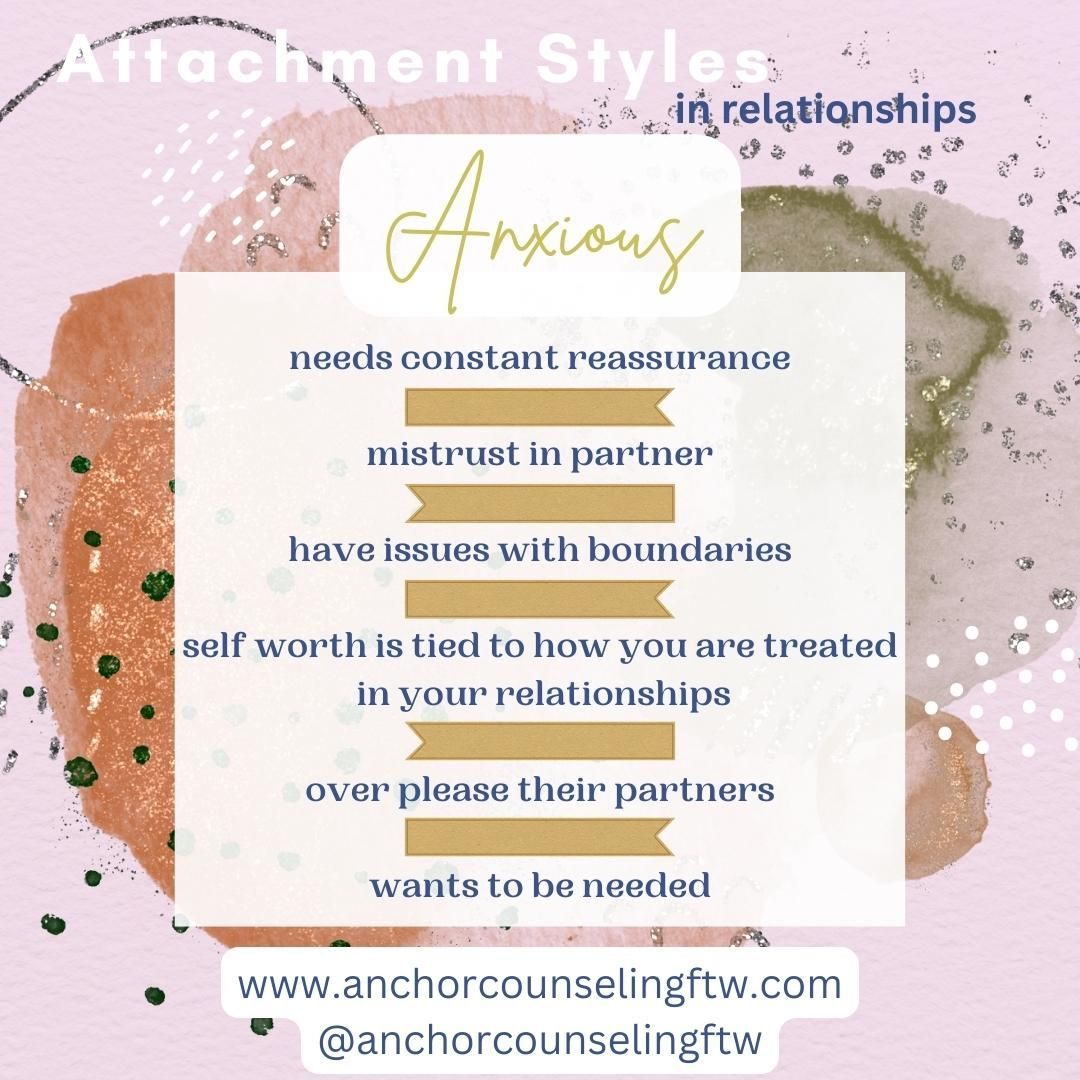
Anxious Attachment
The first of three insecure attachments is anxious attachment. This style needs their partner to need them and let them know how they are feeling. Anxious attachments need to know that everything is okay in their relationship. Those with an anxious attachment can gain more security if their partner is secure. The best way to gain a secure attachment is to identify, understand and work on your attachment style.

Avoidant Attachment
The second attachment style is the avoidant type. These people often come off as having no or little emotions. They often do not react to others and can seem like nothing bothers them. Avoidant attachments are extremely independent, a lot of times to a fault. They will not ask others for help and when they feel threatened they will withdraw. Those with an avoidant attachment can gain a secure attachment with work. They can also learn from a partner that is securely attached. However, in many cases an avoidant type will attract an anxious type which causes extreme discontent in the relationship
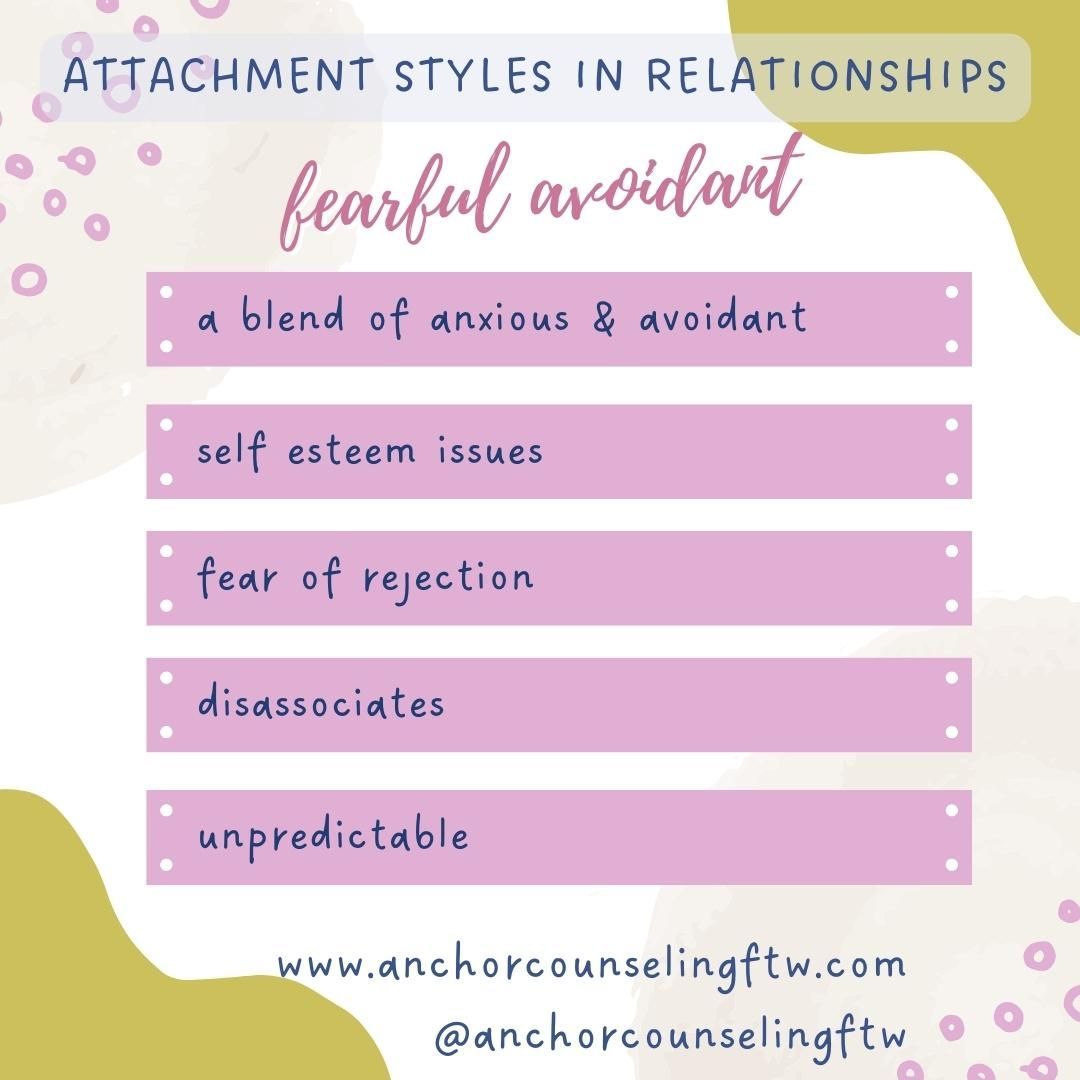
Fearful Avoidant Attachment
The last of the insecure attachment styles is fearful avoidant. These people are a blend of anxious and avoidant. This style is less common and is often a result of abuse, neglect or loss. This group often lacks self-esteem and can get confused about their feelings. They want to be in intimate relationships but are fearful and distrusting. Fearful avoidant attached individuals can flee from relationships unexpectedly which can leave their partner stunned and feeling betrayed.
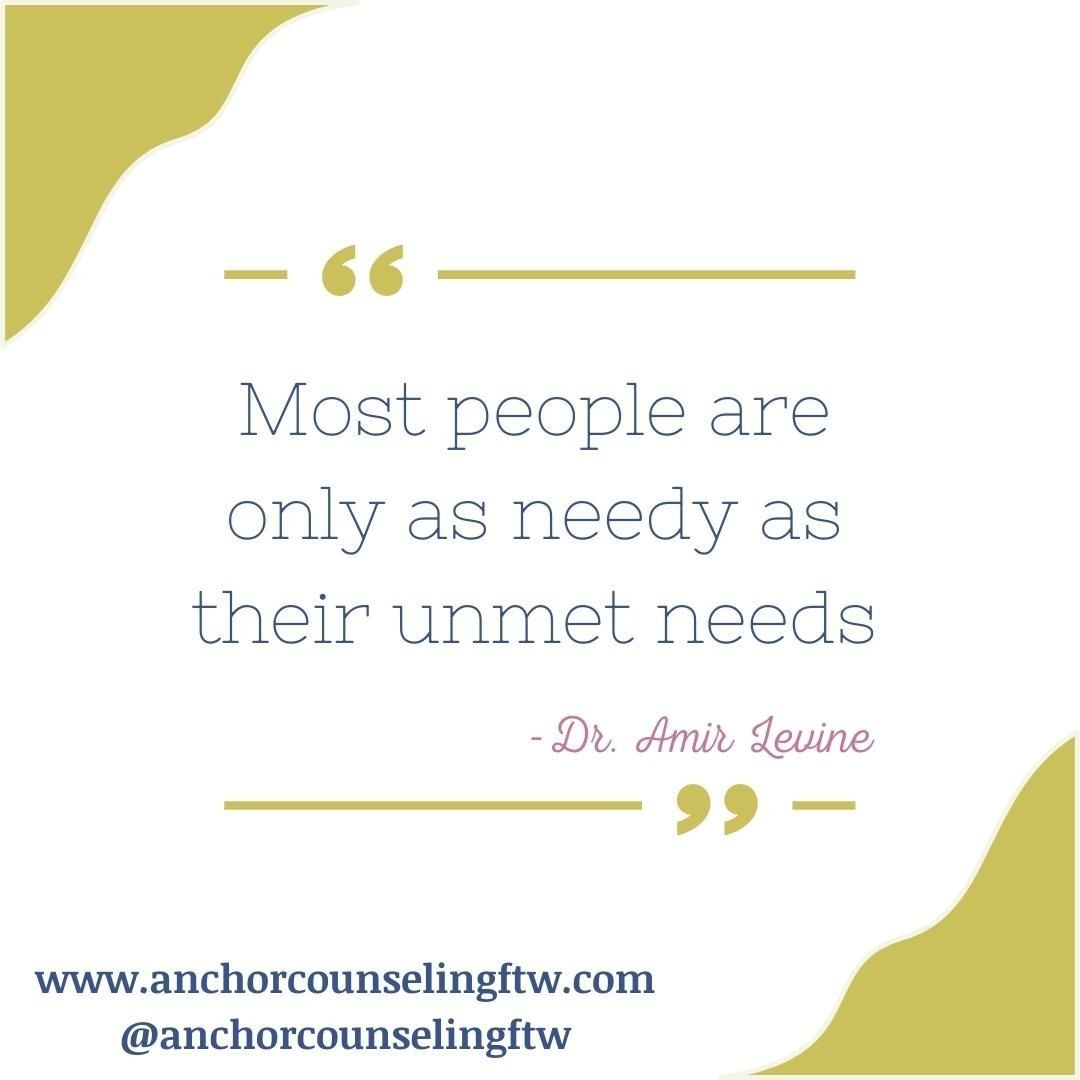
Unmet Needs
Many of our needs stem from what we did not or are not getting in our lives. Once those needs are met, we feel more secure.
